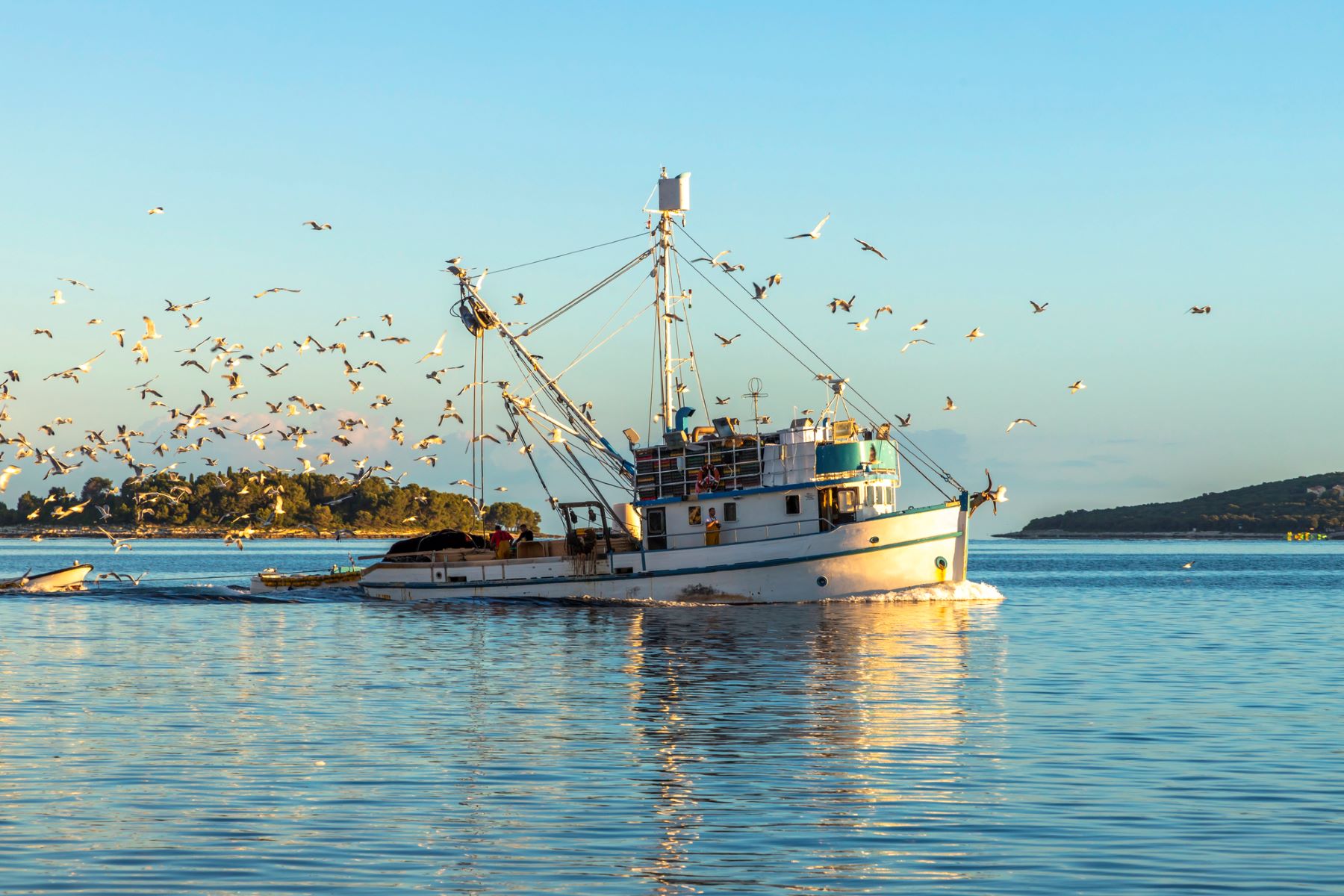NGOs, managers and fishermen from five countries are looking for solutions to prevent the accidental catch of seabirds and do this by exchanging experiences and ideas. They suggest several options, such as certain types of buoys known to deter shearwaters.
SEO/BirdLife, together with small-scale fishermen and representatives of the fisheries and environment administrations of five European countries (Spain, France, Greece, Malta and Portugal), participated in a meeting on the accidental catch of seabirds during fishingheld in Hyères, France, as part of the Life Panpuffinus!
The meeting, organized by the Ligue pour la Protection des Oiseaux (LPO, BirdLife in France), paid particular attention to the reducing such catches through mitigation measures. The fishermen presented these measures experimentally tested in collaboration with NGOs during their fishing activities, to determine which are the most effective, their technical and operational characteristics. They also gave their views on seabirds and the threat that concerns them, also known as bycatch.
Longline and shearwaters
In the case of Catalonia, where the fishermen and the fisheries administration were represented, the main problem is the catching shearwaters on the lower longlineespecially the most artisanal modality, palangrillo.
Birds are attracted to baited hooks when fishing, especially if they are anchovies or sardines, and they can snag and drown. Of the affected species, the species is the most notable for its delicate conservation status Balearic shearwater, listed by the IUCN as “critically endangered”. It breeds only in the Balearic Islands and feeds prominently in Catalan waters during the breeding period.
Longline fishermen from ports such as Blanes or Arenys de Mar have been working with the NGO for years evaluating accidental catches of shearwaters from the Balearic Islands (among other species) and test mitigation measures to reduce them.
One of the most promising, which some fishermen are already using, is dragging a line with several buoys at one end while setting the longlinewhich scares the shearwaters away from the bait.
Another effective measure is post art at night, when birds are less activeas various studies have shown and fishermen acknowledge. But this is not always valid because night fishing, depending on the type of prey, can significantly reduce commercial catches.
Possible government plans
During the workshop the progress of the governments of different countries in their plans and actions to reduce bycatch, which are generally still in their early stages. Although Spain has made progress by adopting a national action plan to reduce bycatch, which has been in force since March 2022, very little progress has been made on the ground since then.
The workshop paid special attention to Catalonia’s autonomous plan, which has yet to be approved and is being developed collaborated with the fishing sectoron the model promoted by SEO/BirdLife, and also includes the participation of scientists and other NGOs with experience in this field through a participatory process.
On the other hand, a meeting of BirdLife partners from all over Europe who are part of the Marine Task Force to discuss the progress made in recent years in marine conservation.
They visited the Port-Cros National Park where the Cory shearwater and the Mediterranean shearwater breed, two species endemic to this sea and which come precisely to the Catalan coast to feed. That’s why the use of bycatch mitigation measures of the fishermen SEO/BirdLife works with also benefits birds that breed in other countries, such as France.
Accidentally catching seabirds is one pest that affects fisheries around the worldbut not everywhere measures are being taken to alleviate this. These 5 countries, the NGOs and the fishermen set the example that, if there is good will and cooperation, this too can be avoided.

